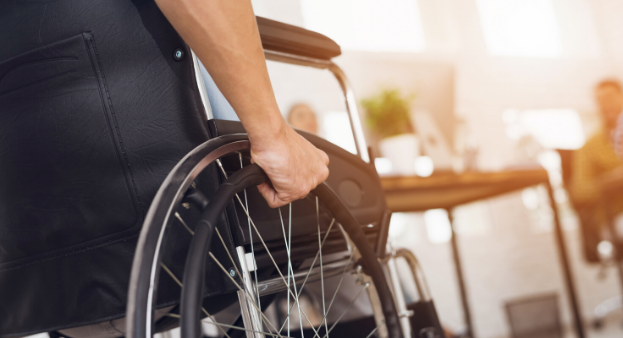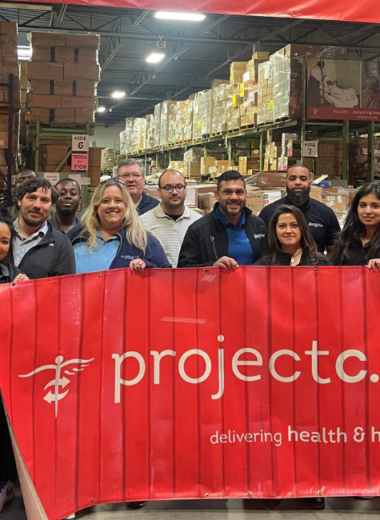
As an organization that transports hospital patients 24/7 in hospitals across the US, we have had to be agile and innovative to help those patients during this crisis. As the virus spread to other areas across the country, we quickly made some critical decisions to ensure our service was not interrupted and all hospitals could focus their attention on patient care.
By Greg Osganian, Division President, Patient Transportation
As an organization that transports hospital patients 24/7 in hospitals across the US, we have had to be agile and innovative to help those patients during this crisis. As the virus spread to other areas across the country, we quickly made some critical decisions to ensure our service was not interrupted and all hospitals could focus their attention on patient care.
Be Agile, and Innovative to Meet Hospitals’ Needs – Patient Transportation Best Practices Amidst Covid-19
Some of these patient transportation best practices might be helpful to try at your hospital. Be sure to let us know if you give any of them a try.
Redeploying Staff to Help Nursing
Emergency departments built to handle the intake of new patients every day and medical personnel are stretched thin to provide patient care. They need help, and we’ve acted quickly to move our resources to perform other non-medical jobs.
At several hospitals, we provide valet service for patients. Once a patient arrives at the hospital’s front entrance and we move them from their car inside the hospital. Despite wearing our protective equipment, some hospitals decided they didn’t want the transporters greeting patients at or near their car and possibly transmitting spreading the COVID-19 infection.
We understood the situation and quickly redeployed these associates to help elsewhere in the hospital. They assisted nurses with patient temperature checks; helped other medical staff document information and sat side-by-side with care givers to provide whatever help they needed.
Bolster Patient Observation Services
Some high-risk patients require observation 24/7. In many cases, clinical staff are assigned to these one on one patient needs, which strains care delivery. We have the ability to provide this service for our partner clients so that clinical staff can be focused on providing excellent care.
Our staff wear personal protective equipment (PPE) while watching each patient. Because Crothall provided observation services before the pandemic for patients with a high risk of falls or other accidents, our team was fully capable of taking on these responsibilities.
Establish PPE Command Centers
Our teams are working with hospital medical staff and leadership to set up a PPE command center. From the command center, PPE is distributed to medical staff by our patient transporters as needed. The command center is preventing inefficient use of precious PPE. Because our staff manages the center, nurses are freed up that otherwise would be logging in shipments and taking time to distribute this critical equipment and other medical supplies.
Enable Associates to Work from Home if Possible
In many healthcare organizations, there are non-clinical associates whose work can be completed remotely. Whenever possible, enable this group to work from home. At Crothall’s National Performance Center, a 17,000 square foot facility with approximately 80 associates, and over 4 million annual calls, we knew if one of those associates became infected, we risked shutting down an essential piece of our operations. While going remote wasn’t as simple as handing everyone a laptop, this decision not only served our customers’ needs, it also had a huge impact on associates’ morale. They aren’t working for just any call center; they are the heartbeat of our operation. When we empowered them to go remote, we also made certain they understood that they are essential for our operation to perform well.
Working Different Shifts Keeps Managers Safe
One of our directors and his assistant manager routinely work similar shift hours, which was also when peak volumes occur at their large Midwest hospital. When they began to see COVID-19 patients, they decided to split their shifts to practice social distancing in the office place and ensure proper oversight of the operation for our hospital partners. In essence, this helped limit potential exposure and kept operations running. Other regional management teams have followed suit.
We’re here to help. Visit our COVID-19 Resources.
Related Posts
Let’s Talk About the Right Solution for Your Organization
Get in touch to discuss how Crothall Healthcare’s services and solutions can help your healthcare organization exceed its goals. You’ll learn more about:
- The transparency we bring to outsourced support services
- How we design customized solutions for your unique needs
- The technology and innovation Crothall delivers across all our services


